Getting creative with resin can be super fun, but staying safe should always come first. Here’s a quick tip: always wear nitrile gloves and work in a space with fresh air to avoid skin irritation and fumes.
Whether you’re a beginner or a seasoned crafter, knowing the basics of resin safety helps you enjoy your projects worry-free.
Ready to create safely and confidently? Read on for everything you need to know about resin safety before you start your next masterpiece!
What Is Resin and Why Does Resin Safety Matter?
Resin is a versatile liquid material that hardens into a solid, glass-like finish. It’s popular in art, crafts, jewelry, and furniture, but it comes with safety concerns you shouldn’t ignore.
But resin safety is super important. When you work with resin, you might breathe in fumes or get it on your skin. Some resins can be toxic if not handled right. Knowing how to protect yourself means you can enjoy crafting without worry.
📌Want to know more about the types of resin? Browse this easy guide to the different kinds of resin.
Is Resin Harmful? Understanding the Health Risks
Before you start your next project, it’s important to understand the potential health risks of working with resin. Some resins can be harmful if not handled properly, especially before they are cured.
Short-Term Health Risks
- Headaches
- Dizziness
- Nausea
- Skin irritation or rash
Long-Term Health Risks
- Allergies
- Breathing trouble
- Sensitization to chemicals
Always read the label and follow the safety instructions for your resin.
📌If you want to learn more about UV resin and its safety, check out this guide on UV resin toxicity.
The Safety Gear You Need for Working With Resin
Having the right safety gear is essential for protecting yourself while working with resin. You don’t need a lab coat, but a few basic items make a big difference.
Essential Resin Safety Gear
|
Safety Item |
Why You Need It |
|
Nitrile gloves |
Protects your skin from sticky resin |
|
Safety goggles |
Keeps your eyes safe from splashes |
|
Respirator/mask |
Blocks harmful fumes and dust |
|
Apron/old clothes |
Protects your skin and keeps your workspace clean |
How to Set Up a Safe Workspace for Resin Projects
Setting up your workspace properly will help you avoid accidents and keep your environment safe. A little preparation goes a long way when working with resin.
Tips for a Safe Resin Workspace
- ✅ Work in a spot with good airflow (open windows or use a fan)
- ✅ If possible, work outside or in a garage with the door open
- ✅ Cover your table with plastic or silicone mats to catch spills
- ✅ Store resin and hardeners in a cool, dry place, away from kids and pets
- ✅ Keep your tools, gloves, and safety gear nearby
Resin Safety Precautions Before, During, and After Use
Following safety precautions at every stage of your project helps prevent accidents and health risks. Here’s what to do before, during, and after using resin.
✅ Before You Start
- Read the instructions for your resin (mixing rules can vary by brand)
- Put on gloves, goggles, and mask
- Set up your workspace with everything you need
✅ While Working
- Mix resin and hardener slowly to avoid bubbles and splashes
- Don’t eat or drink in your workspace
- Keep resin off your skin and never touch your face
✅ After You Finish
- Clean up spills with paper towels and a little rubbing alcohol
- Wash your hands, even if you wore gloves
-
Dispose of leftover resin and mixing cups according to local rules
(never pour resin down the drain)
Resin Safety for Beginners: Mistakes to Avoid
If you’re new to resin, it’s easy to make mistakes that can affect your health or your project’s outcome.
Learn about the most common pitfalls and how to avoid them.
- Not wearing safety gear (always use gloves and a mask, even for small projects)
- Mixing wrong ratios (resin won’t cure properly and can stay sticky)
- Poor ventilation (fumes can build up fast)
- Touching uncured resin (can irritate your skin or cause an allergic reaction)
- Not reading instructions (every resin is a little different, so always check the label)
💡 Tip: If you get resin on your skin, wash it off right away with soap and water. If you feel sick or have trouble breathing, get fresh air and see a doctor if needed.
Special Resin Safety Tips for 3D Printing and Jewelry Making
Some resin crafts, like 3D printing and jewelry making, have unique safety challenges. Here’s how to stay safe with these popular projects.
✅ 3D Printing Resin Safety
- Resin for 3D printers can be extra toxic, especially in liquid form
- Always wear gloves and a mask
- Clean your printer and tools in a well-ventilated area
- Cure printed pieces fully before handling
✅ Jewelry Making Resin Safety
- Use small molds to reduce spills
- Sand and polish pieces outside or with a dust mask (resin dust isn’t safe to breathe)
- Store finished jewelry away from sunlight to keep it from yellowing
📌Want to learn more about using UV resin for crafts? Check out this helpful UV resin tutorial.
Do You Need a Mask When Working With Resin?
Wearing a mask is one of the most important safety steps when working with resin. Resin fumes and dust can be harmful, even if you don’t notice a strong smell.
A mask or respirator with organic vapor cartridges is best for most epoxy and polyester resins. If you’re sanding cured resin, wear a dust mask or respirator to keep dust out of your lungs. Even if a resin says “low odor,” it’s better to be safe and wear a mask.
📌Curious about the differences between epoxy and UV resin? Browse this guide to see which is safer for your project.
Resin Safety Myths and Facts
There are many myths about resin safety that can lead to unsafe habits. Let’s set the record straight with some facts.
|
Myth |
Fact |
|
Resin is safe because it’s non-toxic after curing |
Only fully cured resin is safe to touch. Uncured resin can still be harmful. |
|
You don’t need a mask for small projects |
Even small amounts of fumes can build up, so always wear a mask. |
|
If it doesn’t smell, it’s safe |
Some dangerous fumes don’t have a strong smell. |
|
Latex gloves are fine |
Latex can break down with resin. Use nitrile gloves for better protection. |
Keeping Kids and Pets Safe Around Resin
Resin and its fumes aren’t safe for kids or pets, so it’s important to keep your workspace secure. Take these steps to ensure everyone’s safety at home.
- Store all resin, hardeners, and tools out of reach
- Never let kids help with mixing or pouring resin unless they’re old enough and wearing full safety gear
- Keep pets out of the room while you work
- Even dried resin scraps can be a choking hazard or cause stomach problems if eaten
How to Store and Dispose of Resin Safely
Proper storage and disposal of resin keeps your home safe and protects the environment. Here’s how to handle leftover resin and supplies.
- ✅ Store resin and hardeners in their original bottles, tightly closed, and away from heat or sunlight
- ✅ Keep them on a high shelf or in a locked cabinet if you have kids or pets
- ✅ Never pour leftover resin or hardener down the sink
- ✅ Let small amounts cure in a safe spot, then throw them in the trash
- ✅ For big amounts, check your local rules for hazardous waste disposal
- ✅ Clean your tools with rubbing alcohol and let them dry outside
Conclusion
Resin projects are exciting, but resin safety is the key to crafting with confidence. Remember, a few simple precautions keep your art time fun and worry-free.
For more helpful resin guides and tips, be sure to check out Resiners. You may also browse and shop high quality resin products for your next project and enjoy safe, stunning results every time!
Frequently Asked Questions About Resin Safety
What are the safety precautions for resin?
When working with resin, always wear nitrile gloves, safety goggles, and a suitable mask to protect your skin, eyes, and lungs. Make sure your workspace is well-ventilated to help disperse potentially harmful fumes. Clean up spills promptly and dispose of resin waste according to local hazardous waste guidelines to keep your environment safe.
Is resin harmful to health?
Uncured resin can be harmful if it comes into contact with your skin or eyes, or if you inhale its fumes. Some people may develop allergic reactions, skin irritation, or even respiratory issues after repeated or prolonged exposure. Once fully cured, resin is generally safe to handle, but you should always take precautions when working with the liquid form.
Is it safe to work with resin at home?
Yes, it is safe to work with resin at home as long as you follow recommended safety practices. Always use protective gear, ensure proper ventilation, and keep children and pets away from your workspace. By following these steps and reading the instructions for your specific resin product, you can enjoy crafting while minimizing health risks.
Do I need to wear a mask when using resin?
Wearing a mask is highly recommended when working with resin, especially during mixing, pouring, or sanding. A mask or respirator helps protect you from inhaling harmful fumes and fine dust particles that can be released during these processes. Even if the resin is labeled as “low odor,” it’s best to use a mask for added safety.
Does N95 protect against resin?
An N95 mask is effective for filtering out dust particles, such as those produced when sanding cured resin. However, it does not protect against the chemical fumes released by liquid resin. For adequate protection against fumes, use a respirator equipped with organic vapor cartridges designed for chemical safety.
Related articles:

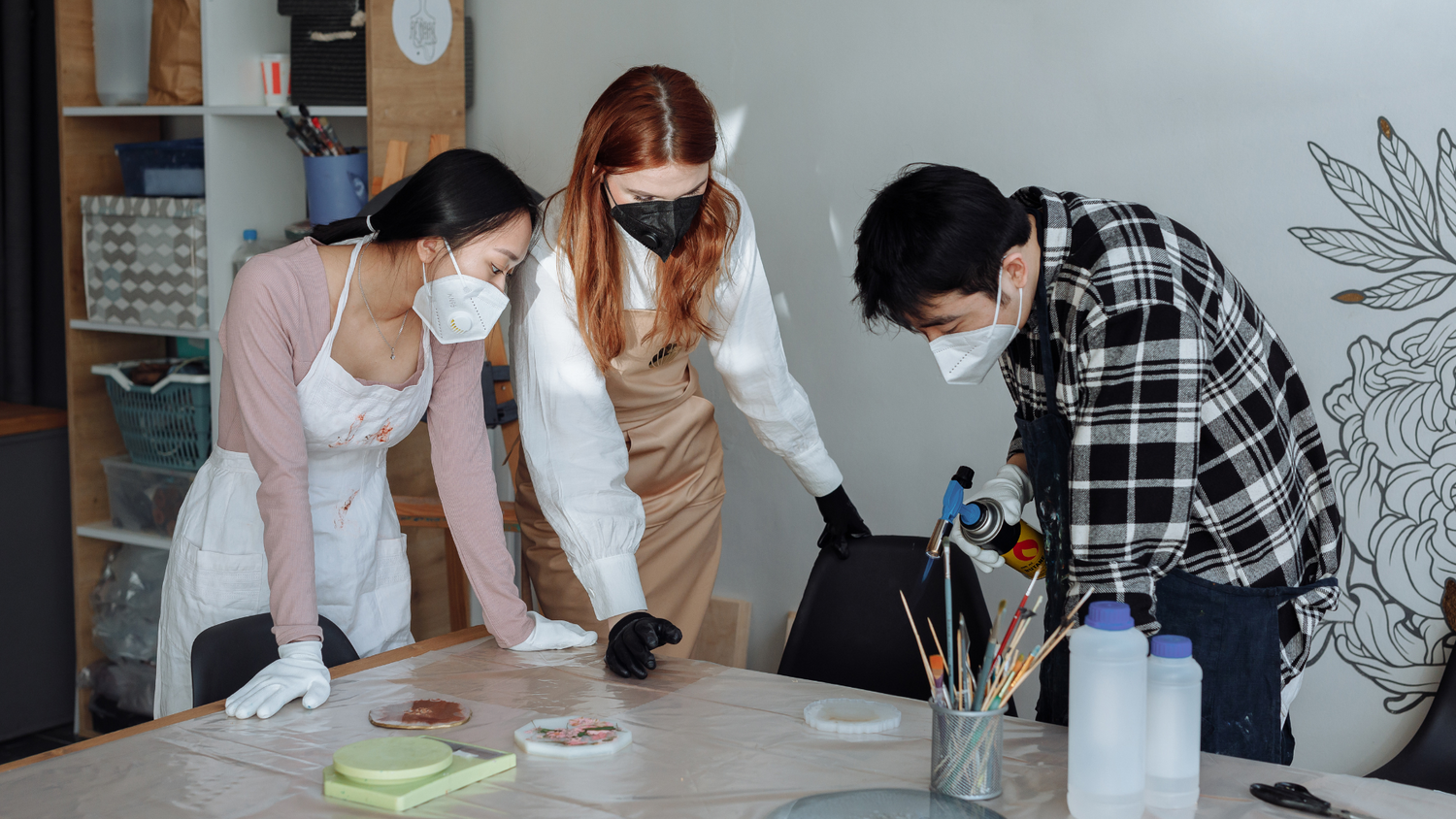
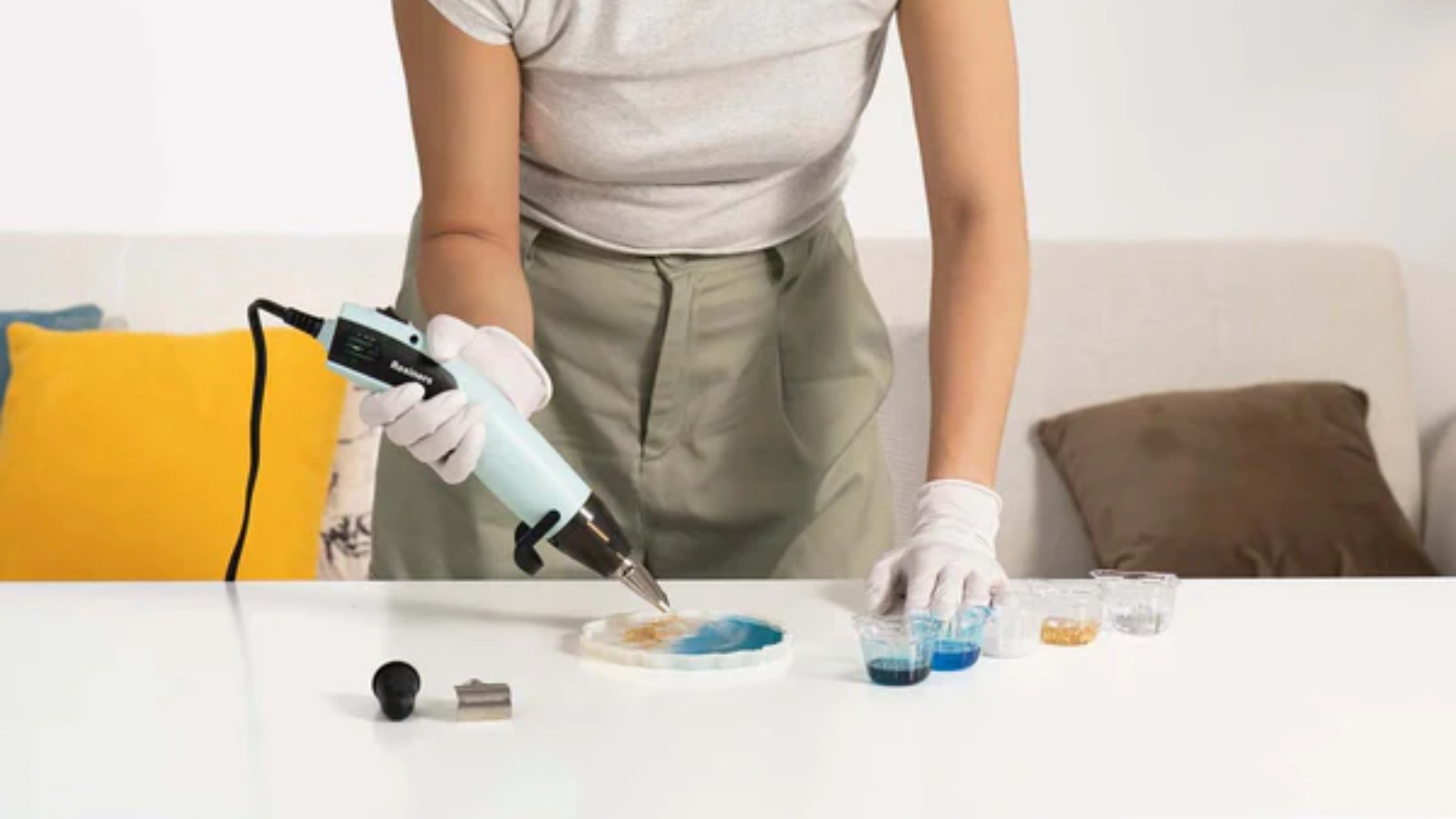
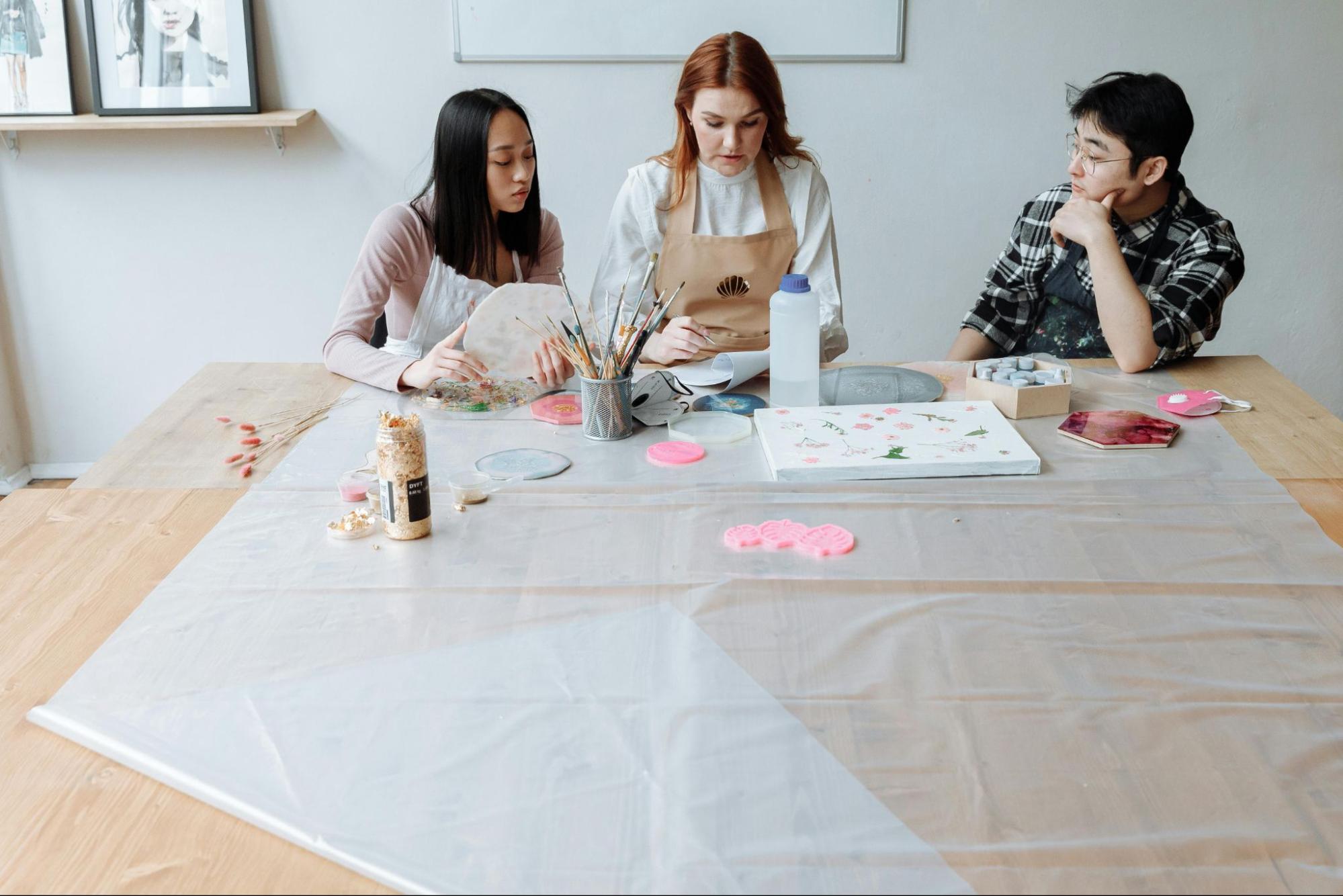
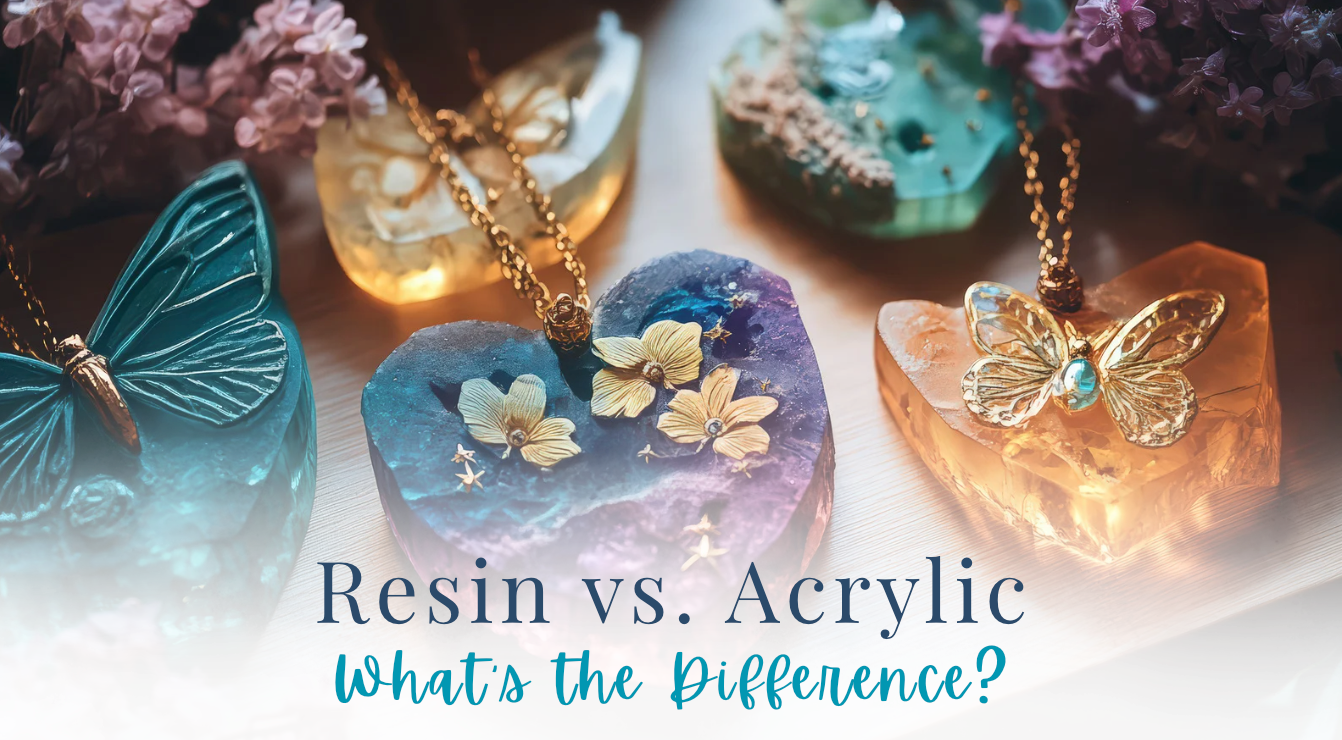
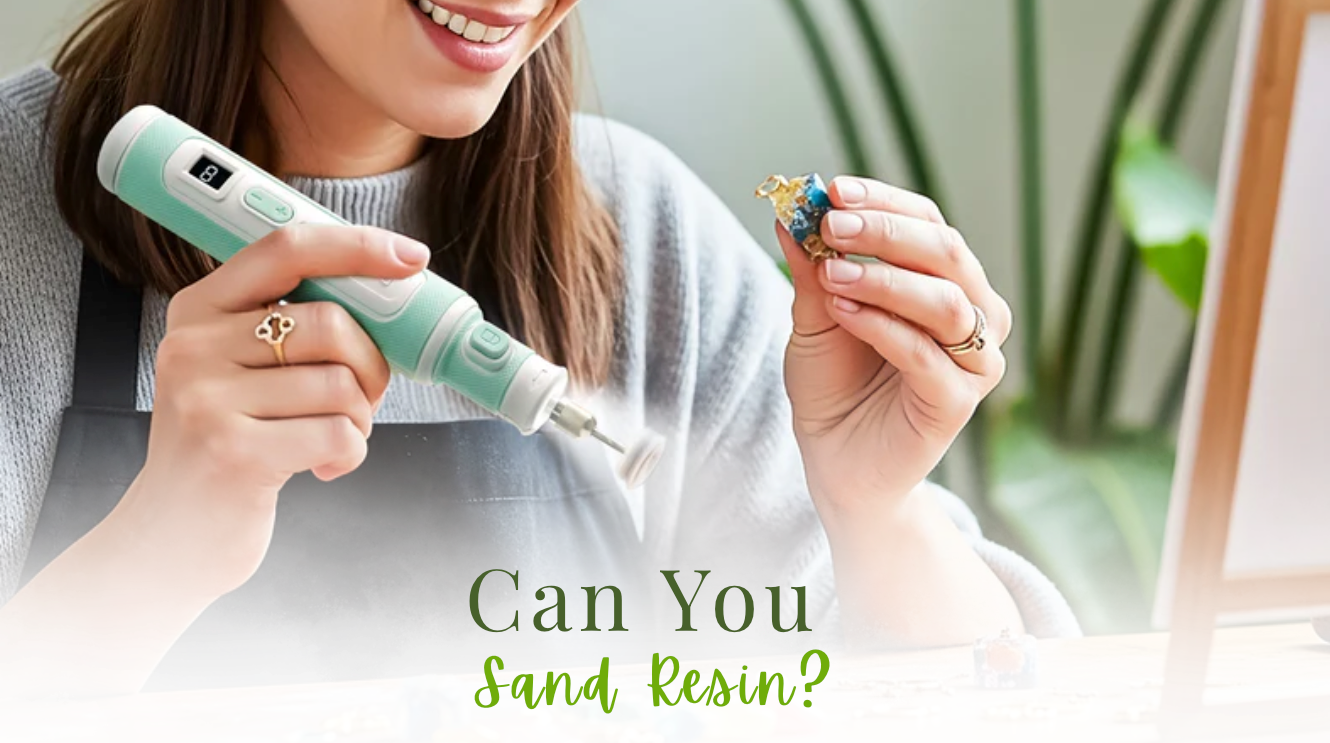
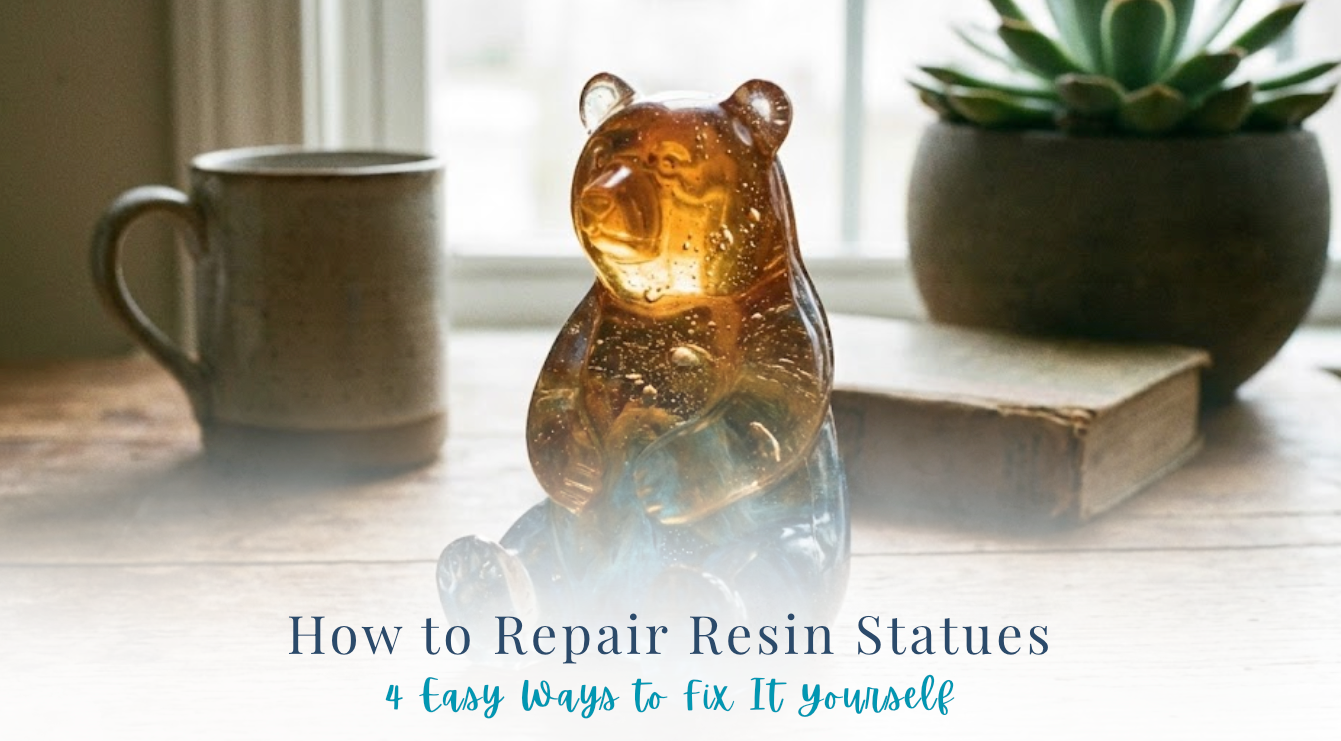

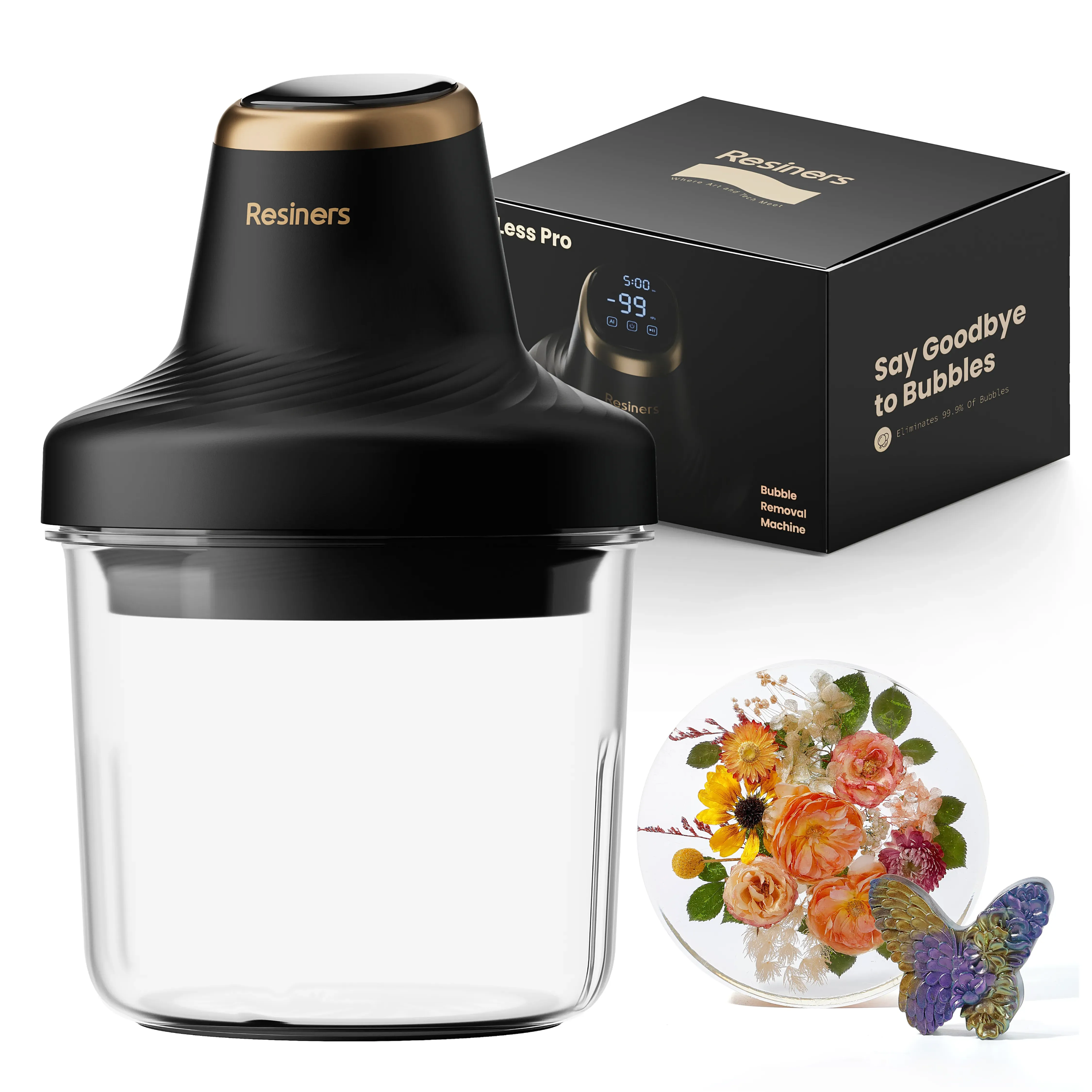
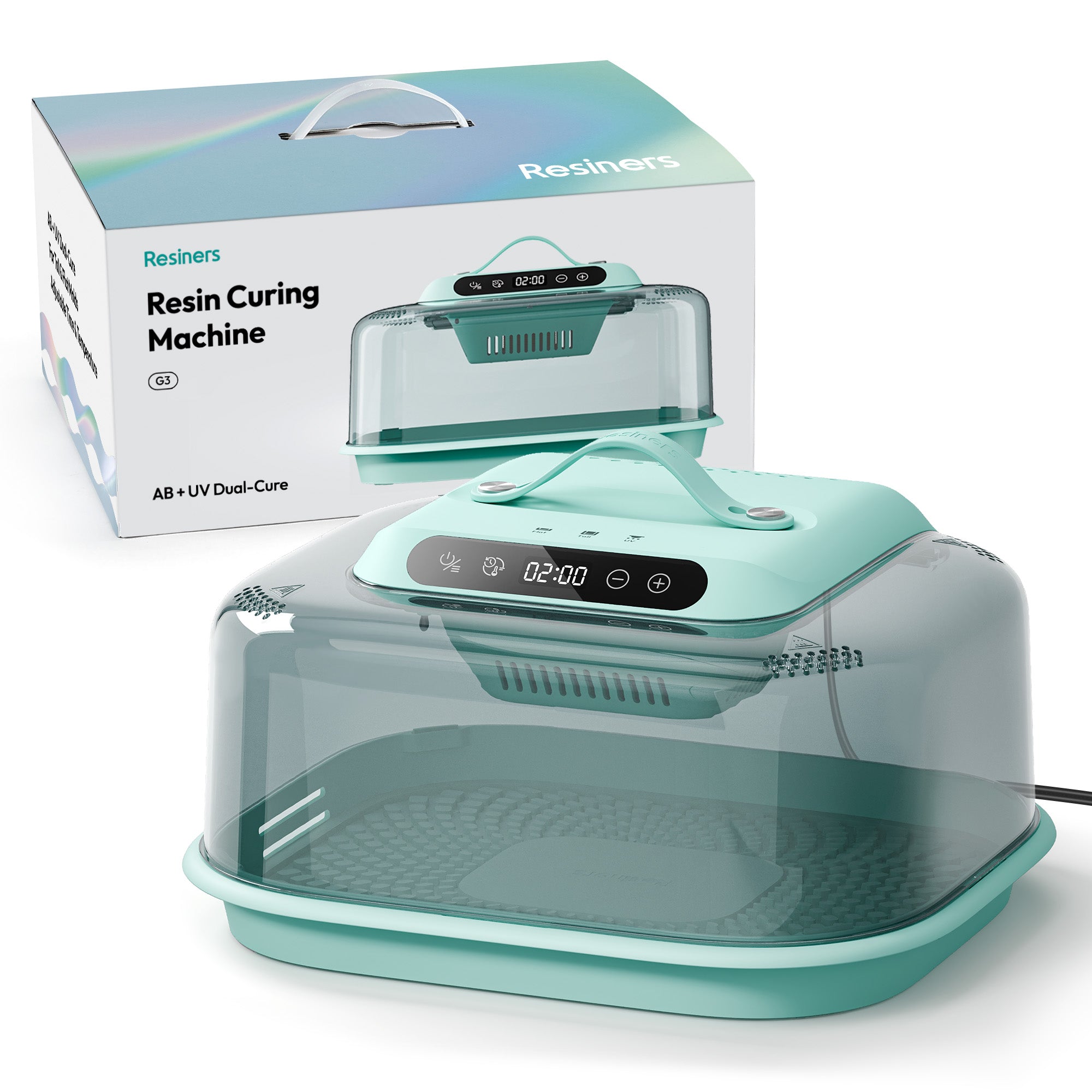
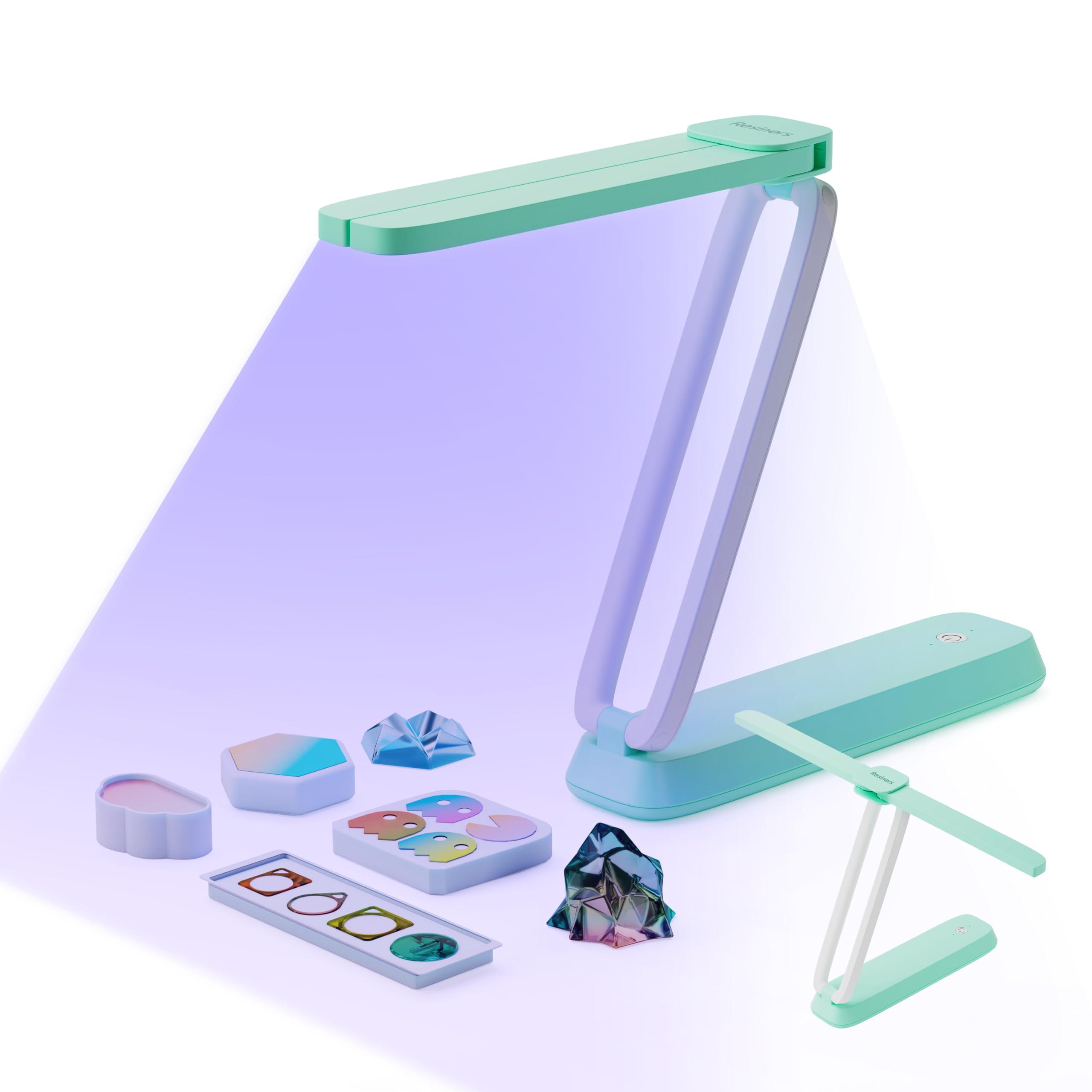

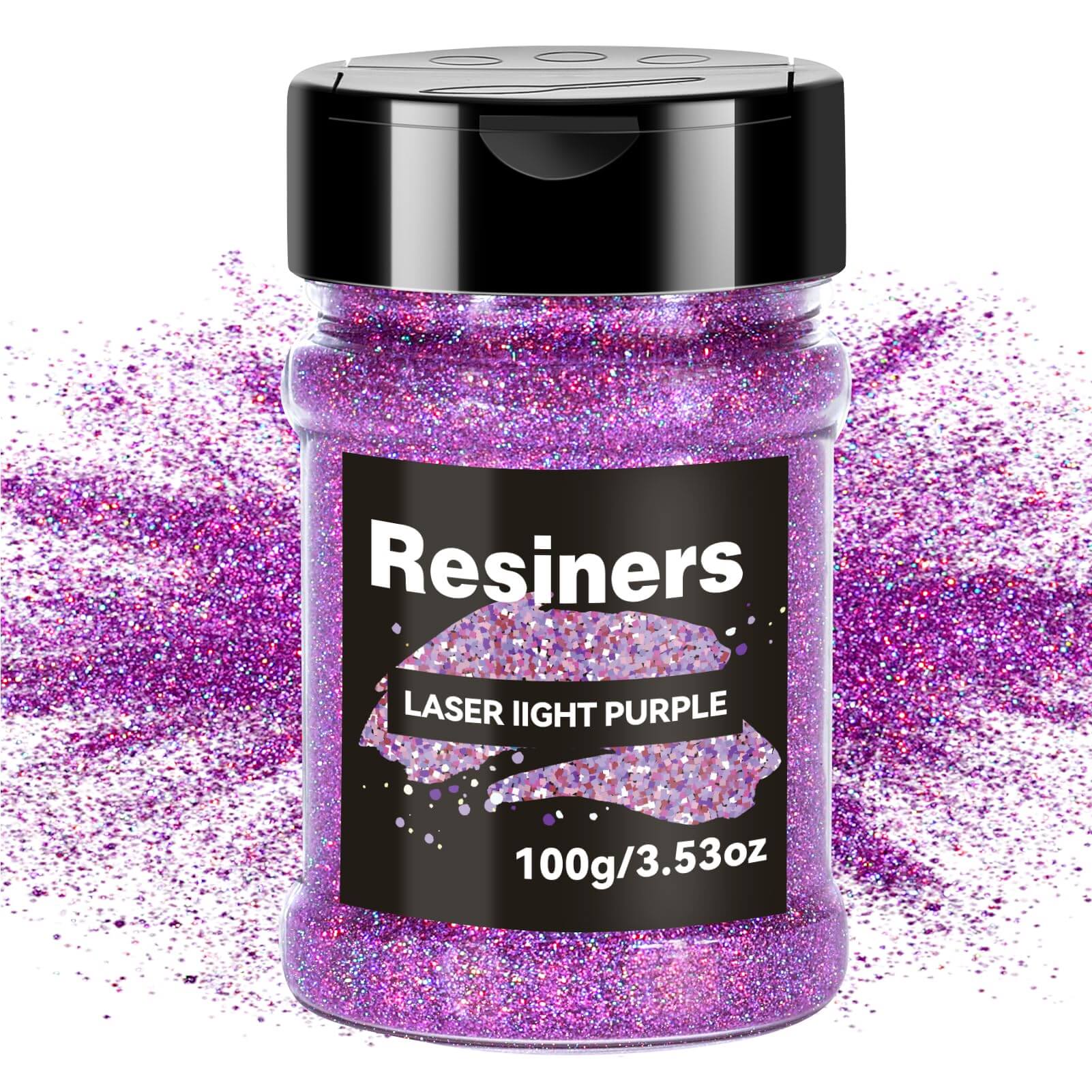
Leave a comment
This site is protected by hCaptcha and the hCaptcha Privacy Policy and Terms of Service apply.